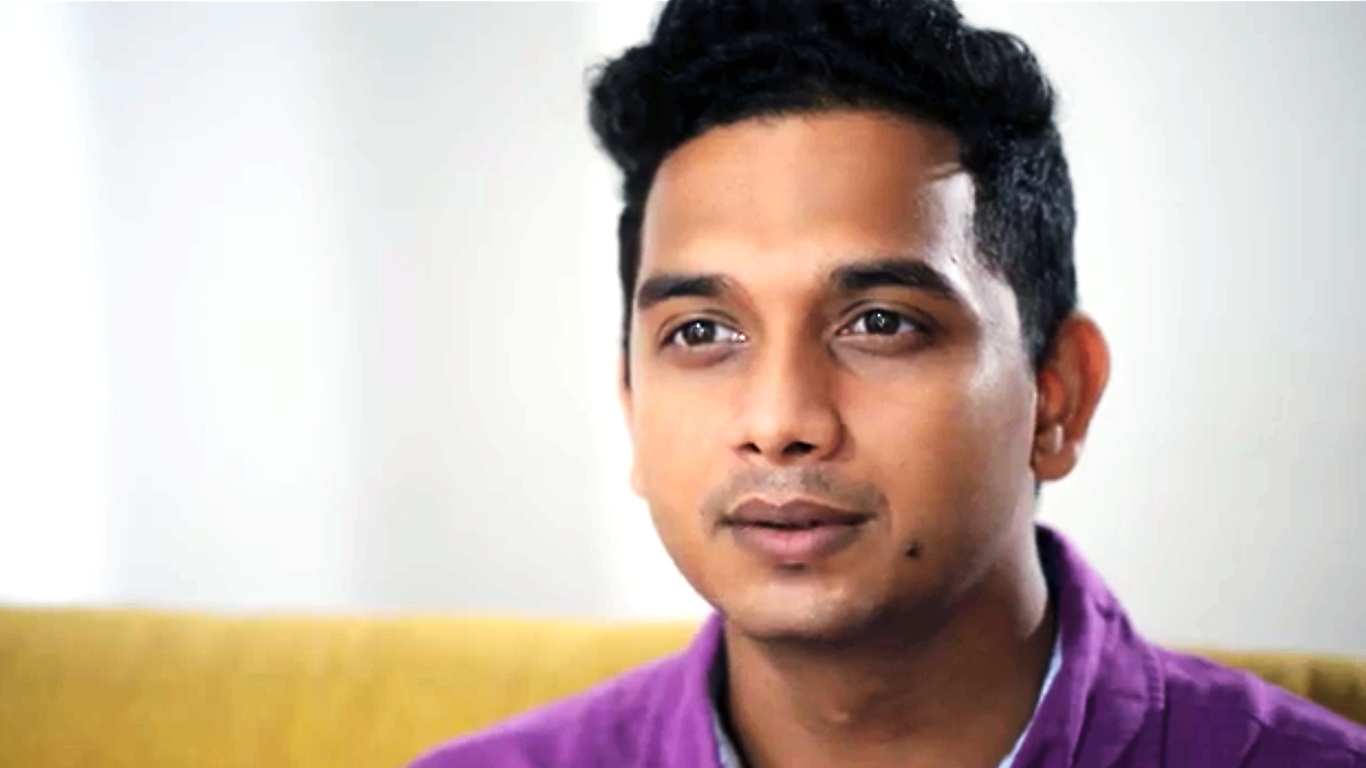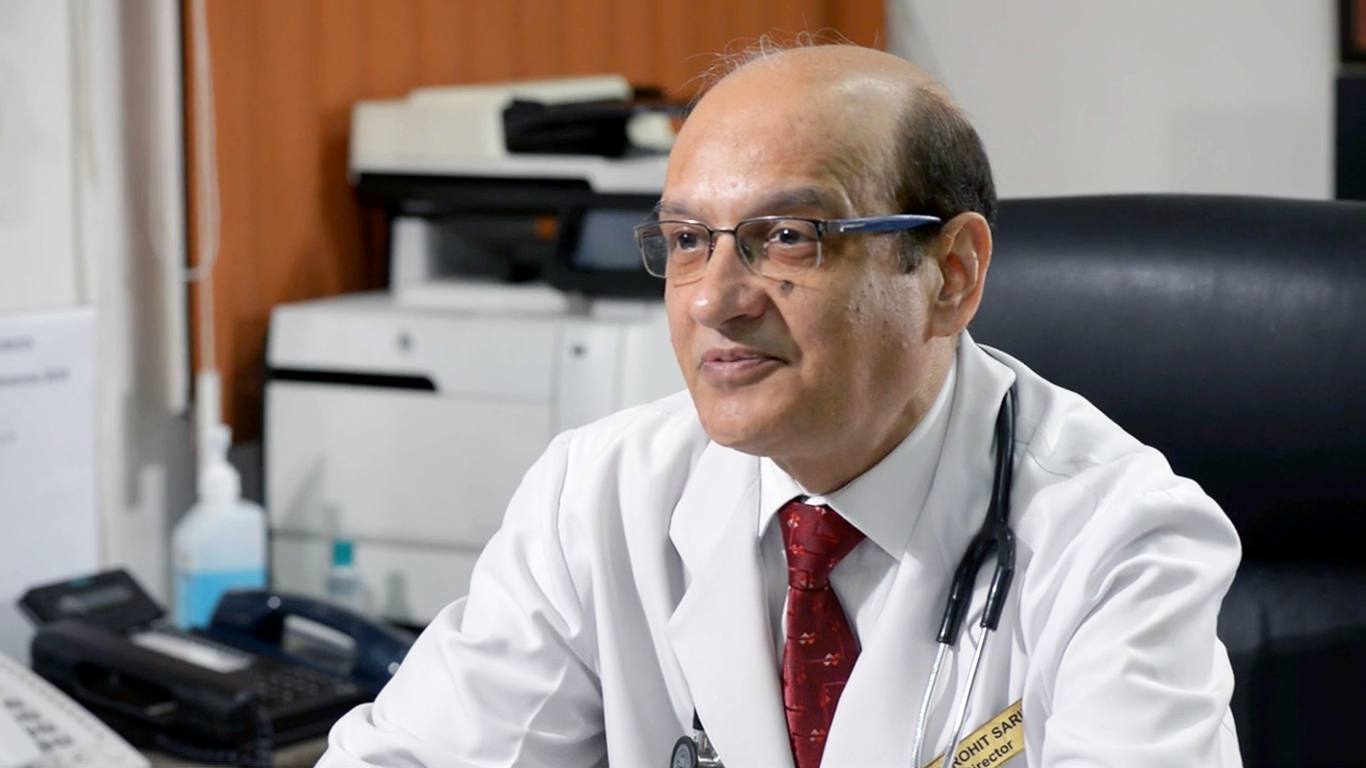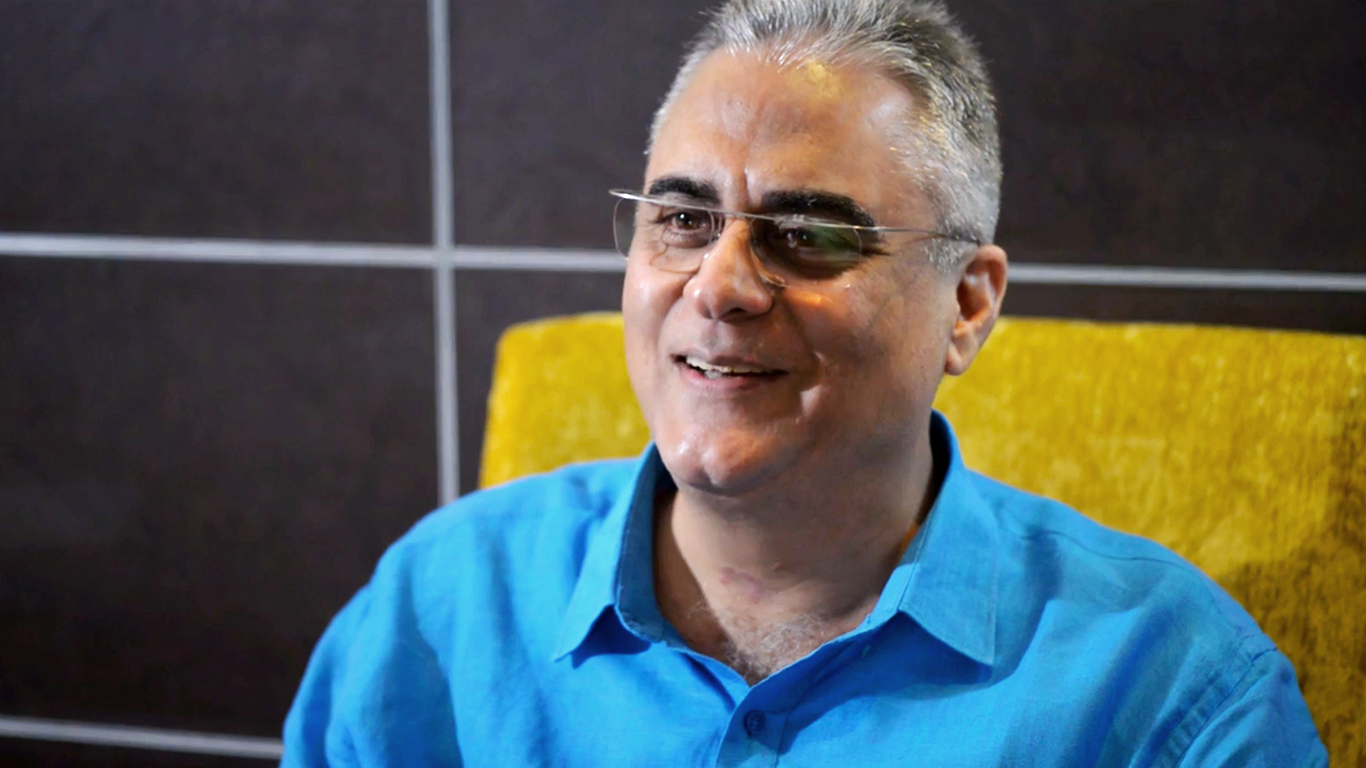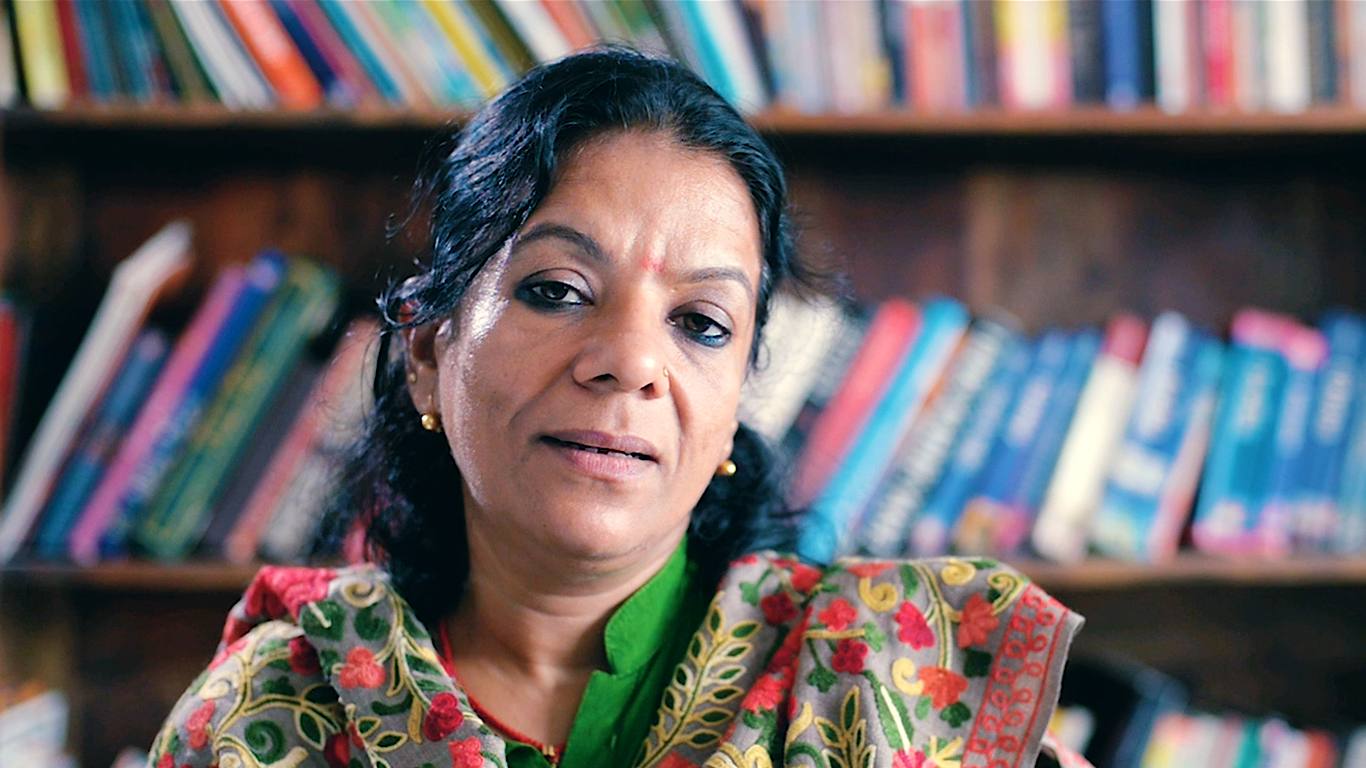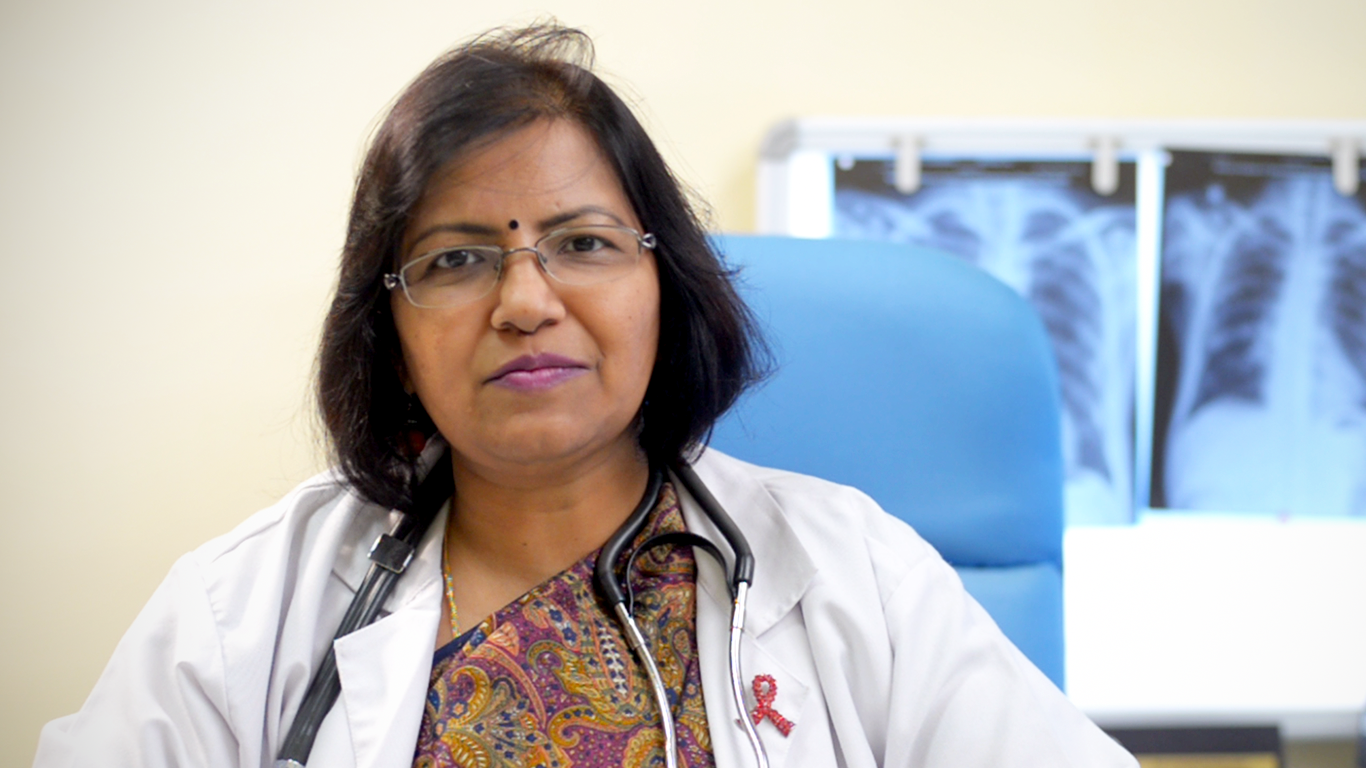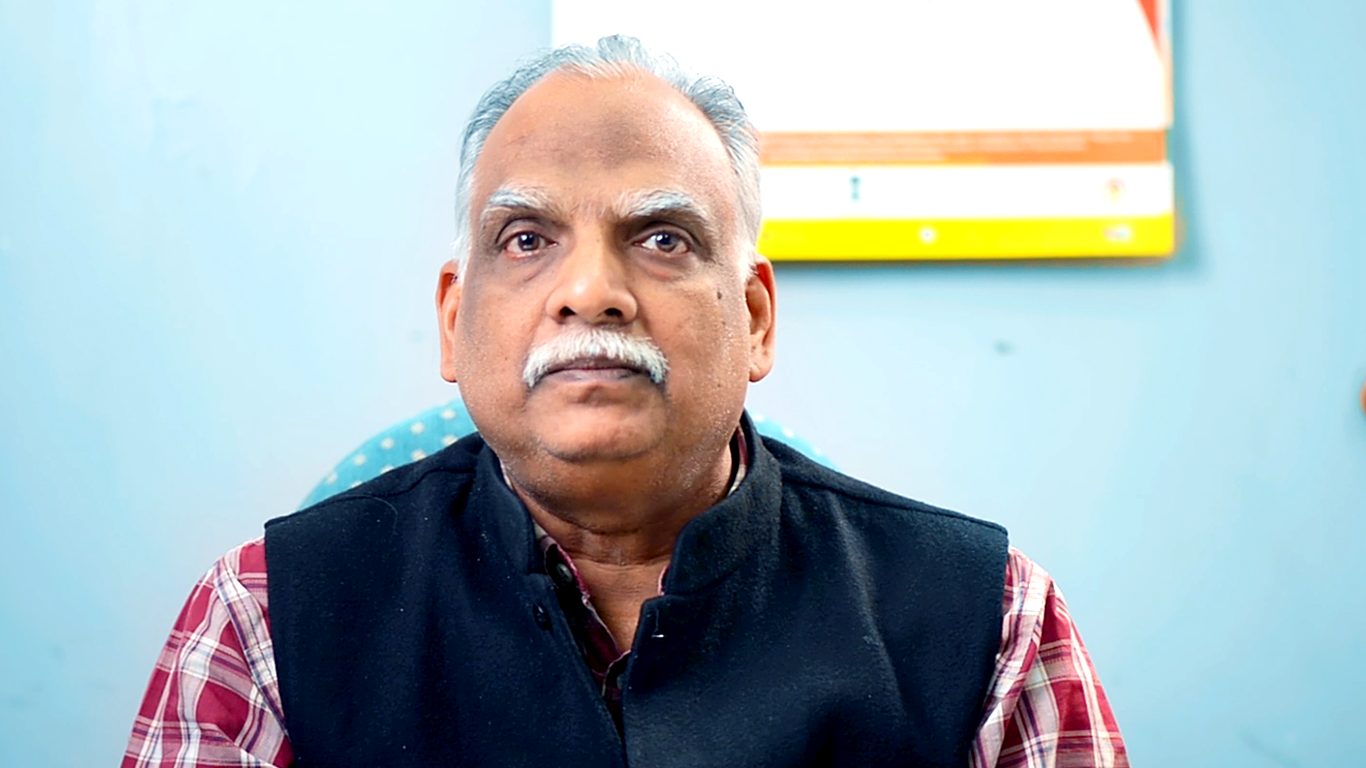We aim to unmask stories of TB
survivors through
unique perspectives
of patients, treating doctors and
policy makers.
Tuberculosis (TB) is a communicable disease that is a major cause of ill health, one of the top 10 causes of death worldwide and the leading cause of death from a single infectious agent (ranking above HIV/AIDS). It is caused by the bacillus Mycobacterium tuberculosis, which is spread when people who are sick with TB expel bacteria into the air. It typically affects the lungs (pulmonary TB) but can also affect other sites (extrapulmonary TB). About a quarter of the world’s population is infected with M. tuberculosis and thus at risk of developing TB disease.
Detection of Drug Resistant TB requires bacteriological confirmation of TB and testing for drug resistance using rapid molecular tests, culture methods or sequencing technologies. Treatment requires a course of second-line drugs for at least 9 months and up to 20 months, supported by counselling and monitoring for adverse events.
India has an estimated burden of 130,000 Drug Resistant TB cases annually; 58,347 were detected in 2018 and 38,236 were tested for resistance to second line drugs.
Source: WHO

